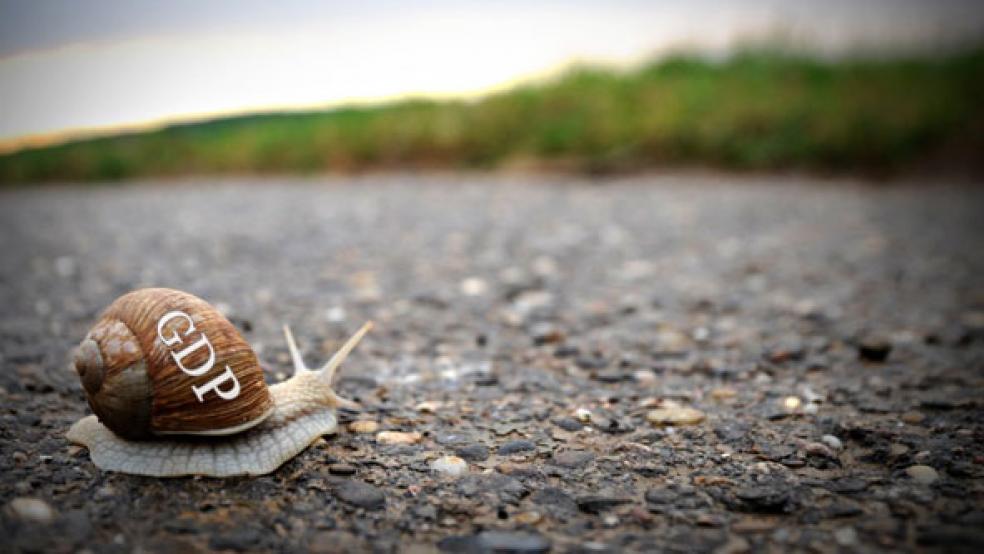The U.S. economy is about a year away from breaking the 1990s record for the longest expansion in U.S. history — and yet the recovery from the Great Recession has also been among the weakest growth periods since the end of World War II.
In a new research note, economists at Bank of America Merrill Lynch lay most of the blame for that on government spending — or a marked lack thereof:
“Disappointing growth has been attributed to a number of factors, including the structural damage wrought by the financial crisis, demographic headwinds and global shocks (e.g., the Eurozone sovereign debt crisis of 2011-12 and the EM slowdown of 2016). But we find that public sector spending alone goes a long way in explaining the growth slowdown. In fact the performance of the rest of the economy in this cycle has been remarkably similar to the previous cycle.”
Just how massive a drag has the public sector been on the economy? Merrill Lynch economist Aditya Bhave writes that federal, state and local spending collectively account for about 17 percent of GDP, and spending across all three levels of government has declined at a 0.6 percent annualized, inflation-adjusted rate since the middle of 2009.
Private-sector GDP, meanwhile, has grown at a faster 2.9 percent clip, or above 3 percent if you take out a dip in late 2015 and early 2016. That’s still slower than private-sector growth in previous expansions, continuing a slowdown that was also seen during the expansion from 2002 to 2007, Bhave writes, “likely due to unfavorable demographics and a structural decline in productivity growth.”
Economists, including those at Merrill Lynch, largely agree that the combination of tax cuts and spending increases passed by Congress since late last year will provide a short-term boost to GDP growth. Merrill’s Bhave says real government spending will grow by 1.9 percent this year and 2.4 percent in 2019, helping GDP growth reach 3 percent annually for the first time since 2005.
Another Bank of America Merrill Lynch economist, Joseph Song, says that Congress’ deal earlier this year to raise federal spending by nearly $300 billion above existing caps has yet to hit the economy, but most of the expected boost to growth should become visible in the data over the second half of this year and the first half of 2019:
“The data suggest fiscal stimulus has yet to kick in from the higher spending caps agreed upon earlier in the year. Defense spending saw a modest uptick in 2Q but well off the projected annual pace. Reliable data on nondefense spending are hard to come by but the projections by the CBO suggest that the strength seen in 1Q should carry forward. Put together, the bulk of the fiscal stimulus should be felt over the next 4 quarters.”
The bottom line, according to Song: “look for the government sector to be a tailwind for the economy reversing the decade-long trend of being a drag on the economy.”
Why it matters: Most economists still contend that the extraordinary deficit-financed stimulus at this stage of the economic cycle won’t provide much more than a temporary sugar rush for the economy, but the Merrill Lynch data provides some valuable insights into why the U.S. has been in a slow-growth rut.





